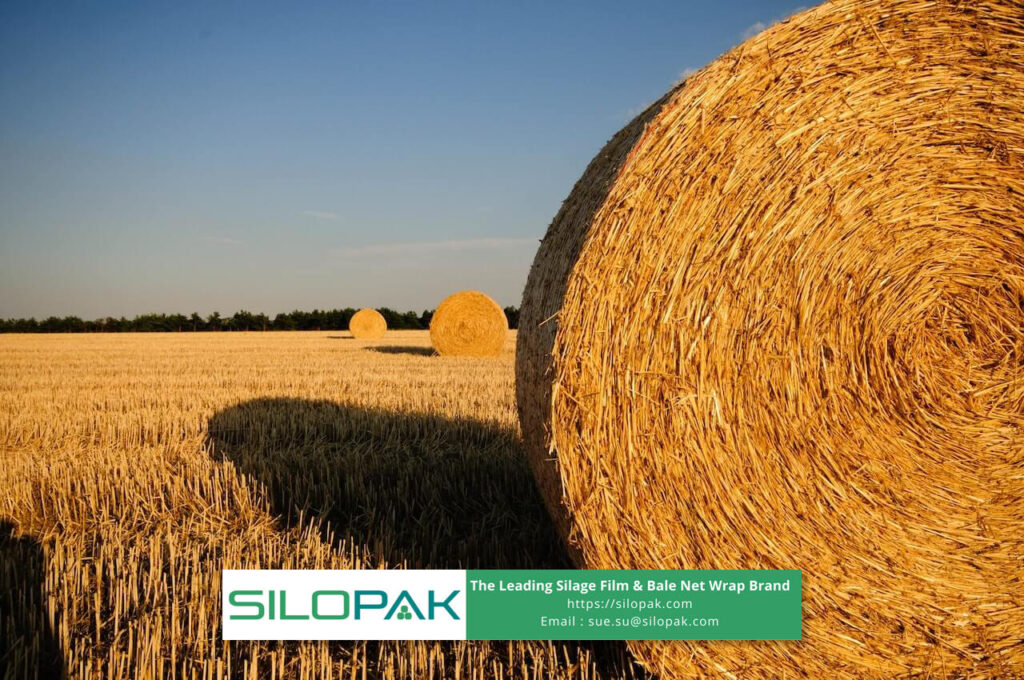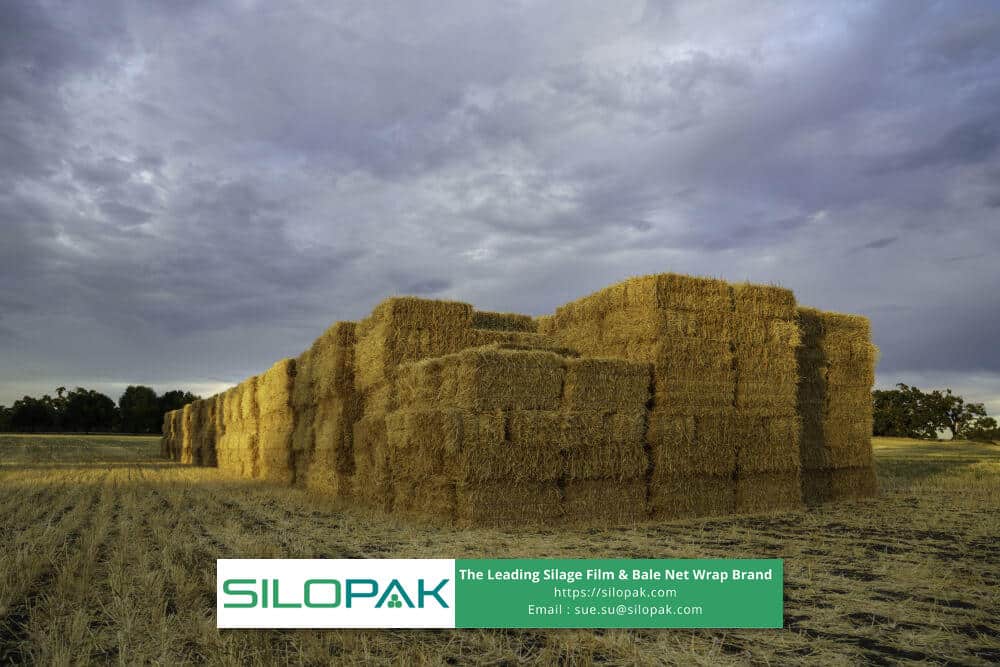
Wheat farmers are looking forward to harvest time each year. This special moment will be the day when farmers work extra hard where they will reap what they have planted so far with all the phenomena that occur in it. They are not only waiting for the valuable grain of wheat but also other parts of the wheat plant which will become wheat straw.
It usually comes from the stalk which you can roll and then wrap using a baler wrapper machine. Then you will get bales of straw that have layers of plastic film and are ready to go into the storage area. There are also those who use it as bedding for animals on farms.
However, people more often use wheat straw as additional fiber for feed rations and garden protective mulch. Farmers also burn straw after harvest to obtain nutrients or macronutrients, exactly, which are useful for the soil. In fact, it contains phosphorus, nitrogen, sulfur, and potassium which are good for the agricultural environment.
In one wheat harvest, farmers usually get more than two tons of straw per hectare. You can imagine how many nutrients can be the best source of heat which can become a long lasting and fire resistant bioplastic. People can utilize bioplastics to make household equipment and build sturdy houses.
contents
How to Bale Wheat Straw
Farmers usually harvest wheat in early to mid July. However, there are also farmers who enter the wheat harvest season when the temperature reaches the second coldest temperature in April. Then the next harvest occurs when the air temperature reaches its hottest in May. Meanwhile, many farmers plant wheat in the fall after harvesting other crops. Most wheat exists as a cover crop.
After harvesting the wheat, farmers then sell the wheat and wheat straw in the fields after the balling process. A habit of some farmers not to burn the remaining wheat harvest. They will just roll and wrap it to become a source of side income. Apart from that, there are some farmers who plant red winter wheat after they harvest corn in the fall or around October.
The wheat straw bales are useful for many things such as animal feed because they contains fiber, bedding, food processing for cakes, cereals, cookies, wheat germ, and flour. Farmers often wrap the wheat straw bales which weigh around 45 to 50 pilons with a length of around 34” and a depth of around 2 inches. There are so many benefits to this bale of straw that they never skip making wheat straw bales.
You can use a crushing machine to start making straw bales. You don’t need to do the cutting, raking, or weeding process like the type of hay for baling. Baling wheat straw is easy because there is a multi purpose machine with premium plastic film material that you can also use for baling other plants.
Utilization of Wheat Straw
There are many reasons why people use wheat straw around their agricultural area. The bales you just made can become a tool for controlling humidity. You can just spread it in the new seeding area. Then you can prevent weed growth throughout the year using mulch made from wheat straw.
Even though this straw is clean, light, and easy to use in all seasons, it’s very strong in resisting humidity which is the favorite condition of all bacteria and weeds. Apart from that, it can also protect the soil from rough and hard things, keep the soil temperature stable, and can become a natural compost fertilizer which means you no longer need to spend money to fertilize plants.
Wheat straw specifically also helps balance the earth by being a source of renewable energy which has very high benefits.
Animal Feed from Wheat Straw
Some livestock owners often use wheat straw as a feed additive. They mix anhydrous ammonia into the straw pieces so that the nutritional value is better. Farm animals will easily digest it. Meanwhile, wheat straw itself contains cellulose which ruminants can digest and then convert it into sugar so they can get up to 40% good energy.
There is also lignin content which can unite all the ingredients. We know that wheat straw can be the food for livestock in winter. With the wheat straw they consume, the ruminants will stay warm as their intestines work to digest wood substances. That is the function of the lignin content in wheat straw.
Wheat Straw Building Materials
You can create sustainable living home insulation by using building materials from wheat straw. You can build a straw bale house in a dry area. The house then uses plaster which seals well so that the house remains dry with air tightly wall surface and without moisture.
However, wet straw bales will cause a fire, so building an artistic straw bale house must really pay attention to dryness. With good insulation from straw, you will be able to save on building heating and cooling costs. The environment will also be safe from the greenhouse effect, one of which comes from excessive use of air conditioning.
Heat Source Wheat Straw
Entrepreneurs who produce wheat straw bales must provide a lot of straw in the winter. There will be many people who order bales of straw for their needs on the farm or at home. It can be good animal feed and bedding for many tipes of livestock. Apart from that, straw turns out to be a heat source that can produce an average of 30 gallons of propane gas for the straw bales that you burn.
This is a good future for the implementation of sustainable living where petroleum fuels can slowly disappear because people start burning straw for various applications of heat sources from this renewable energy. So, you can start selling whole bales where people who buy them can burn them in a bale burner. You can also use these bales to heat barns with proper use, warm simple buildings, and dry grain bins.
Make sure you use premium silage plastic film from resin which can wrap straw perfectly so that you can store the bales well. So, you have to start ordering plastic film or net wrap fro Silopak. We are the plastic film brand of choice that has met the demands of many customers from many countries since 2011. on average our customers use our products for agricultural purposes like wrapping wheat straw or silage.
Next, the bales of silage or straw will become the main commodity for many uses. One of which is bioplastic which can make plastic free food containers and household utensils.


